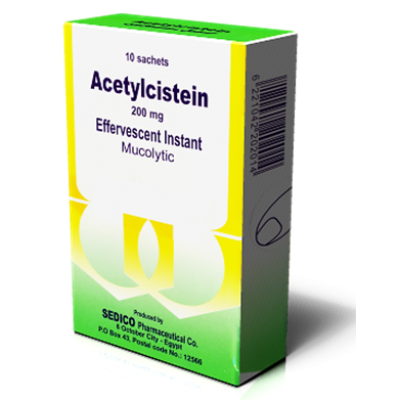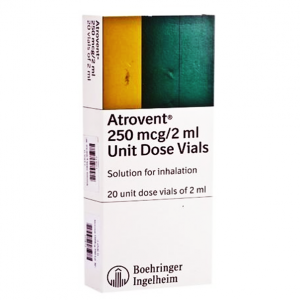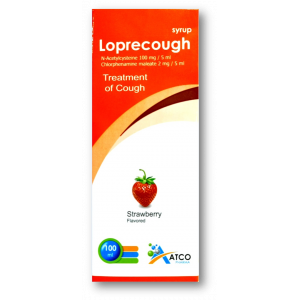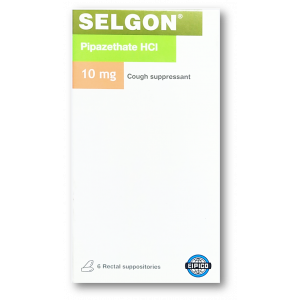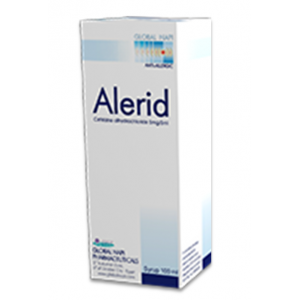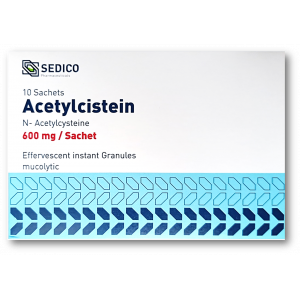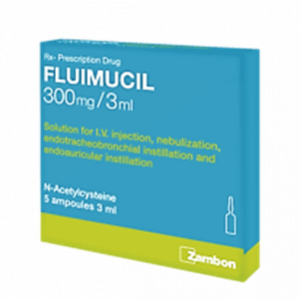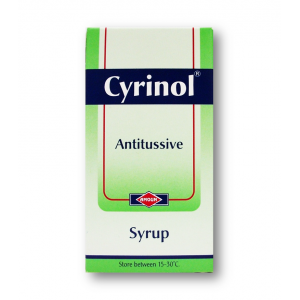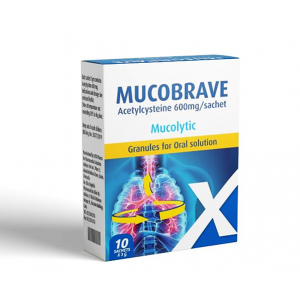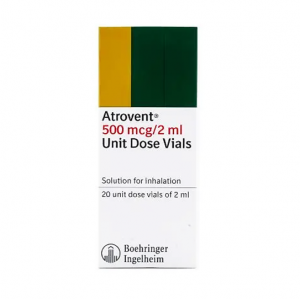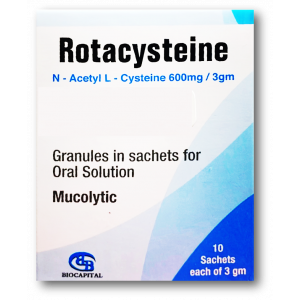- Anti-hestaminic & Respiratory Drugs (16)
- Anti-inflammatory Drugs (147)
- Baby & Mom (1121) +-
- Baby & Mom > Bath, skin & Hair > Skin Care > wibes (47)
- Beauty (2406) +-
- Beauty > Skin Care > whitening (232)
- Chemotherapy & Immune Response (346) +-
- Chemotherapy & Immune Response > ANTI-FUNGAL (4)
- Chemotherapy & Immune Response > Chemotherapeutic Agents > Hormone Antagonists >Enzyme Inhibitors (116)
- CIRCULATORY DISTURBANCE AGENTS (15)
- CORTECOSTEROIDS (8)
- Diet & Fitness Products (190) +-
- DRUG AFFECTING CENTRAL NERVOUS SYSTEM (138)
- Drugs affecting CNS >Anti- epileptic (46)
- LIVER SUPPORT>MULTIVITAMINS (22)
-
Medical Supplies (453)
+-
- Chemicals & Disinfectants (17)
- Dental Supplies (27)
- Devices & Instruments (8)
- Diabetic Supplies (95)
- General Medical Supplies (21)
- I.V & Medical Solution (0)
- Intensive Care Unit & Anesthesia Supplies (0)
- Kindney Unit Supplies (13)
- Lab Supplies (1)
- Miscellaneous (21)
- Neonatal Unit Supplies (0)
- Operation Room Supplies (4)
- Sanitary (5)
- Sterilization Supplies (0)
- Surgical Sutures (4)
- Syringes (2)
-
Medicines & Health (2200)
+-
- Allergy & Sinus (86)
- Children's Health Care (48)
- Cough, Cold & Flu (260)
- Digestive Health & Nausea (181)
- Ear, Nose & Throat Care (148)
- Eye Care (103)
- Feminine Care (287)
- Foot Care (3)
- Orthopaedic Appliances (0)
- Pain Relief & Management (185)
- Pill Organizer (0)
- Skin Treatments (640)
- Sleep & Snoring Aids (0)
- Support & Braces (7)
- Medicines & health > Gout releif (35)
- Natural & Organic Products (62) +-
- OTC > Analgesics > Anti-inflammatory Drugs (35)
-
Personal Care (2702)
+-
- Bath & Body (212)
- Deodorant & Anti-perspirants (159)
- Ear, Nose & Throat Care (142)
- Eye Care (109)
- Feminine Care (320)
- Foot Care (10)
- Hair Care (350)
- Home Tests & Monitorings (16)
- Incontinence (7)
- Lip Care (19)
- Massage & Relaxation (15)
- Natural & Organic Personal Care (6)
- Oral Care (74)
- Pregnancy & Fertility (52)
- Shaving & Grooming (53)
- Sun Care (52)
- Prescribtion drugs > cardiovascular system > Hypertention drugs (208)
-
Prescription Drugs (2260)
+-
- Analgesics (155)
- Cardiovascular System (283)
- Drugs Affecting CNS (155)
- Drugs Affecting Musculoskeletal System (46)
- Drugs Used In Infections (31)
- Ear & Nose Drugs (2)
- Endocrine System (128)
- Gastrointestinal Tract (184)
- Gastrointestinal Tract (170)
- Miscellaneous (2)
- Nutrients & Blood Electrolytes (2)
- Obstetric & Gynaecology Disorders (1)
- Respiratory System (101)
- Topical Preparations (21)
- Urinary Tract Disorders (12)
- Vaccines (1)
- Prescription Drugs > Cardiovascular System > Anti-hypertensive drugs > Duiretics > Loop duiretics (46)
- prescription drugs > cardiovascular system >Anti-hypertensive drugs > duiretics > Aldosterone antagonist duiretics (63)
- prescription drugs > cardiovascular system >Anti-hypertensive drugs > duiretics > duiretic combinations (60)
- prescription drugs > cardiovascular system >Anti-hypertensive drugs > duiretics > loop duiretics (60)
- Prescription Drugs > Gastrointestinal Tract > Liver treatment (47)
- Sexual Wellness (168) +-
- strong anti-emetic & adjuvent used with anti-neoplastic (0)
- Vitamins & Minerals Supplements (404)
- Vitamins & Supplements> folic acid (1641) +-
Availability: In Stock
Ex Tax: 30EGP
Example
You can return the product within 14 days of purchase.
ReturnsYou can return the product within 14 days of purchase.

Acetylcistein 200 mg ( acetylcystine ) 10 sachets
Generic Name: Acetylcysteine
Drug Class: N-acetylcysteine, Mucomyst
WHAT IS ACETYLCYSTEINE AND HOW DOES IT WORK?
Acetylcysteine is a solution of a naturally occurring amino acid that is used to help clear mucus (acts as a mucolytic agent) and material entrapped in mucus in people that have thick mucus that may interfere with breathing or other functions. For example, acetylcysteine solution may be used to help clear mucus in chronic obstructive pulmonary disease (COPD), cystic fibrosis, pneumonia, and in tracheostomy care. Acetylcysteine solution may also be used as an antidote for acetaminophen toxicity.
Acetylcysteine is available under the following different brand names: N-acetylcysteine, and Mucomyst.
Dosages of Acetylcysteine:
Adult and Pediatric Dosage Forms and Strengths
Nebulizer solution
- 10%
- 20%
Dosage Considerations – Should be Given as Follows:
- Facilitation of expectoration via mucolysis
- Adult: 5-10 mL of 10% or 20% solution by nebulization every 6-8 hours as needed
- Pediatric:
- Children 1-11 months: 1-2 mL of 20% solution or 2-4 mL of 10% solution by nebulization every 6-8 hours as needed
- Children 1-11 years: 3-5 mL of 20% solution or 6-10 mL of 10% solution by nebulization every 6-8 hours as needed
- Children over 12 years: 5-10 mL of 10% or 20% solution by nebulization every 6-8 hours as needed
Diagnostic Bronchography
- 1-2 mL of 20% solution or 2-4 mL of 10% solution administered 2-3 times by nebulization or by intratracheal instillation before procedure
Acetaminophen Overdose
- See separate drug monograph, acetylcysteine (antidote)
Contrast Agent-Associated Nephrotoxicity (Off-label)
- Prevention
- 600 mg orally every 12 hours for 2 days on day before and day of contrast agent administration
Keratoconjunctivitis Sicca (Off-label)
- Adult and pediatric: 1 drop of 10% solution in eye(s) every 6-8 hours
Dosing Considerations
- 3-4 g intravenous/intramuscular (IV/IM) every 4-6 hours; not to exceed 24 g/24 hours
Uncomplicated Gonorrhea
- Direct instillation: 1-2 mL of 10% or 20% solution every hour as needed
- Routine nursing care of patients with tracheotomy: 1-2 mL of 10% or 20% solution every 1-4 hours by direct instillation into tracheotomy
- Instillation into segment of bronchopulmonary tree via small plastic catheter into trachea (under local anesthesia and direct vision): 2-5 mL of 20% solution via syringe connected to catheter
- Instillation via percutaneous intratracheal catheter: 1-2 mL of 20% solution or 2-4 mL of 10% solution every 1-4 hours via syringe connected to catheter
Administration
- Administer aerosolized bronchodilator 10-15 minutes before administering acetylcysteine via nebulization
- Nebulizer solution may also be administered orally
WHAT ARE SIDE EFFECTS ASSOCIATED WITH USING ACETYLCYSTEINE?
Common side effects of acetylcysteine include:
- Bronchospasm
- Disagreeable odor
- Drowsiness
- Fever
- Coughing up blood
- Increased volume of bronchial secretions
- Irritation of tracheal or bronchial tract
- Nausea
- Runny or stuffy nose
- Swelling and sores inside the mouth
- Vomiting
- Clamminess
- Wheezing
- Shortness of breath
Serious side effects of acetylcysteine include:
- Chest tightness
- Bronchoconstriction
- Bleeding
This document does not contain all possible side effects and others may occur. Check with your physician for additional information about side effects.
WHAT OTHER DRUGS INTERACT WITH ACETYLCYSTEINE?
If your doctor has directed you to use this medication, your doctor or pharmacist may already be aware of any possible drug interactions and may be monitoring you for them. Do not start, stop, or change the dosage of any medicine before checking with your doctor, health care provider or pharmacist first.
Acetylcysteine has no known severe interactions with other drugs.
Acetylcysteine has no known serious interactions with other drugs.
Moderate interactions of acetylcysteine include:
Mild interactions of acetylcysteine include:
- azithromycin
- bazedoxifene/conjugated estrogens
- chloramphenicol
- clarithromycin
- demeclocycline
- dichlorphenamide
- doxycycline
- erythromycin base
- erythromycin ethylsuccinate
- erythromycin lactobionate
- erythromycin stearate
- minocycline
- probenecid
- sodium picosulfate/magnesium oxide/anhydrous citric acid
- tetracycline
- vancomycin
This information does not contain all possible interactions or adverse effects. Therefore, before using this product, tell your doctor or pharmacist of all the products you use. Keep a list of all your medications with you, and share this information with your doctor and pharmacist. Check with your health care professional or doctor for additional medical advice, or if you have health questions, concerns or for more information about this medicine.
WHAT ARE WARNINGS AND PRECAUTIONS FOR ACETYLCYSTEINE?
Warnings
Not for injection.
This medication contains acetylcysteine. Do not take N-acetylcysteine or Mucomyst if you are allergic to acetylcysteine or any ingredients contained in this drug.
Keep out of reach of children. In case of overdose, get medical help or contact a Poison Control Center immediately.
Contraindications
Effects of Drug Abuse
- No information available
Short-Term Effects
- Slight disagreeable odor after administration (temporary).
- Face mask may produce sticky film on face after nebulization; remove with water
- See "What Are Side Effects Associated with Using Acetylcysteine?"
Long-Term Effects
- See "What Are Side Effects Associated with Using Acetylcysteine?"
Cautions
- Volume of bronchial secretions may increase after administration; if cough response is inadequate, consider maintaining airway by mechanical suction if necessary; if airway block arises because of foreign body or local accumulation, clear by endotracheal aspiration, with or without bronchoscopy.
- Monitor asthmatic patients closely.
- In most instances, bronchospasm may be treated by prompt administration of bronchodilator via nebulization; if bronchospasm worsens, discontinue therapy immediately.
- Slight disagreeable odor after administration (temporary).
- Face mask may produce sticky film on face after nebulization; remove with water
- Under certain conditions, opened bottle may cause slight purple color change as consequence of chemical reaction; this has no effect on drug safety or efficacy.
- Keratoconjunctivitis: Remove contact lenses; do not coadminister with topical antibiotics.
- Acetylcysteine may be acceptable for use during pregnancy. Either animal studies show no risk but human studies are not available or animal studies showed minor risks and human studies were done and showed no risk.
- It is unknown whether acetylcysteine is excreted in milk. Use with caution if breastfeeding.
Write a review
Your Name:Your Review: Note: HTML is not translated!
Rating: Bad Good
Enter the code in the box below:

